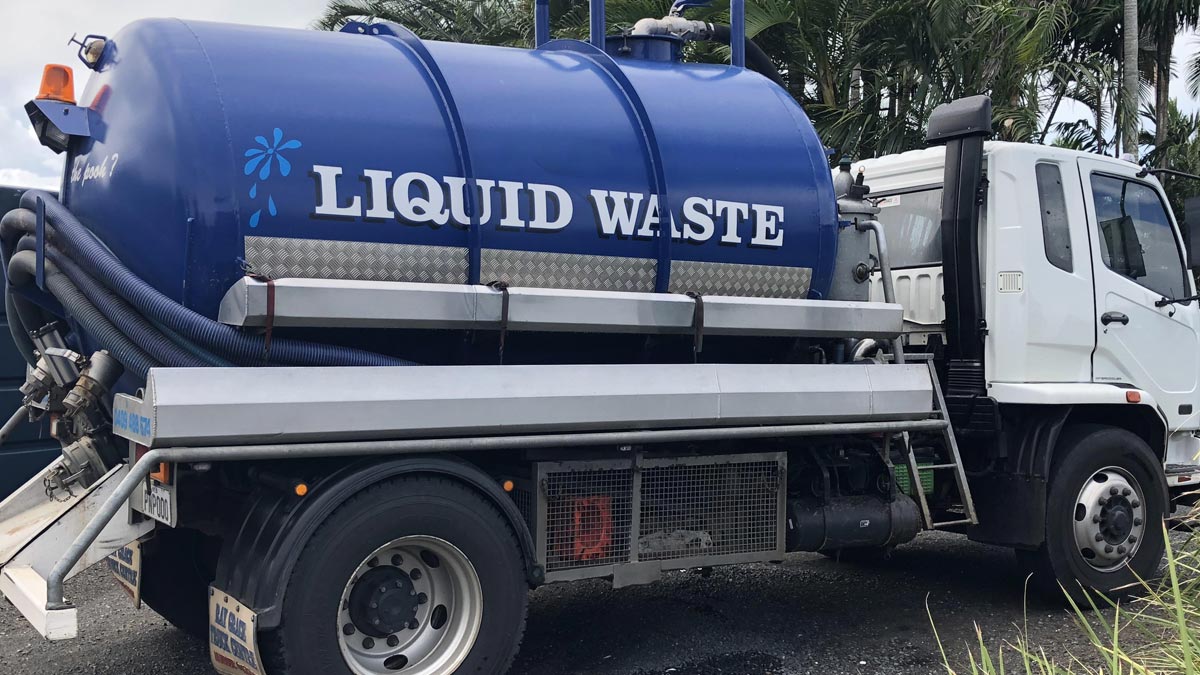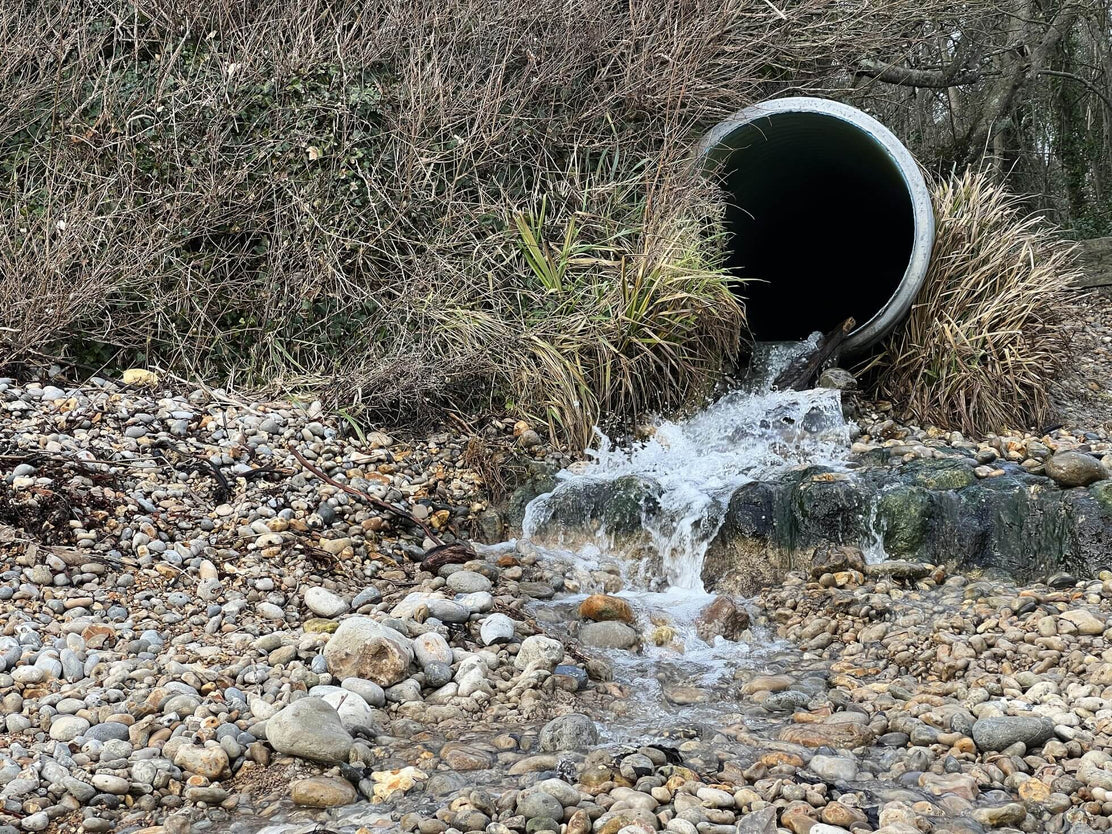Specialist Liquid Waste Removal Melbourne: Rapid and Economical Solutions
Specialist Liquid Waste Removal Melbourne: Rapid and Economical Solutions
Blog Article
How Fluid Garbage Disposal Works: An In-depth Introduction of Techniques and Technologies Utilized

Review of Fluid Waste Types
The intricacy of fluid waste kinds requires a detailed understanding of their features and implications for disposal. Fluid waste can generally be categorized into a number of kinds, including commercial, municipal, agricultural, and hazardous waste. Each category shows unique properties, needing certain management strategies to minimize ecological and health and wellness threats.
Industrial fluid waste stems from manufacturing procedures and usually includes a series of contaminants, such as hefty metals, solvents, and natural compounds. Municipal fluid waste, largely consisting of wastewater from homes and business establishments, contains organic matter, nutrients, and microorganisms (industrial wastewater treatment). Agricultural liquid waste, consisting of drainage from farms, may include fertilizers, pesticides, and animal waste, positioning threats to water high quality and ecological communities
Hazardous liquid waste is identified by its toxicity, reactivity, or potential to cause harm. This classification includes compounds like acids, bases, and certain chemicals that demand rigorous handling and disposal methods. Recognizing these diverse fluid waste kinds is essential for creating effective disposal techniques and ensuring compliance with ecological policies. Correct classification and characterization are necessary for implementing proper treatment strategies and decreasing the negative impacts on public health and wellness and the atmosphere.
Physical Therapy Methods

Screening is the initial step, where larger particles and particles are gotten rid of from the liquid waste making use of displays or grates. In sedimentation tanks, heavier fragments resolve at the bottom, developing a sludge layer, while the made clear fluid can be more dealt with.
Filtering is another essential technique that entails passing the fluid via porous materials, such as sand or membrane layers, to catch smaller particles. This action improves the quality of the liquid, making it ideal for succeeding therapy processes.

Chemical Treatment Techniques
Chemical treatment techniques are necessary for effectively taking care of fluid waste, specifically in attending to dissolved and colloidal contaminants that physical approaches might not sufficiently remove. These strategies use different chemical representatives to counteract, precipitate, or transform harmful compounds right into less harmful kinds.
One typical method is coagulation and flocculation, where chemicals such as alum or ferric chloride are included in promote the aggregation of suspended bits. This process enhances sedimentation, permitting simpler elimination of the resulting sludge. Additionally, oxidation procedures, employing representatives like chlorine or ozone, are employed to damage down complex organic compounds and microorganisms, rendering the waste much safer for discharge or further treatment.
Neutralization is another essential strategy, which changes the pH of acidic or alkaline waste streams to neutral degrees, protecting against prospective damage to downstream systems and the setting. Additionally, progressed oxidation processes (AOPs) use mixes of oxidants and ultraviolet light to deteriorate consistent toxins, accomplishing a greater level of treatment click to read performance.
Biological Treatment Procedures
Biological treatment procedures play an essential role in the monitoring of liquid waste by making use of microbes to disintegrate organic issue and decrease impurity levels. These processes can be broadly categorized right into cardiovascular and anaerobic therapies, each employing specific microbial neighborhoods to achieve reliable waste deterioration.
Cardio therapy entails making use of oxygen to assist in the breakdown of natural products by bacteria. This process is generally carried out in activated sludge systems, where aeration containers offer a helpful environment for microbial development, leading to the oxidation of organic toxins. The resultant biomass can be separated from treated effluent via sedimentation.
On the other hand, anaerobic treatment takes place in the absence of oxygen, depending on various microorganisms to break down organic issue. This Bonuses approach is especially helpful for high-strength waste, as it creates biogas, a renewable energy resource, while lowering sludge Look At This manufacturing. Technologies such as anaerobic digesters are often used in municipal and industrial applications.
Both anaerobic and aerobic biological treatments not just lessen the environmental impact of liquid waste however additionally promote resource recuperation, making them vital parts of sustainable waste management techniques. Their efficiency, adaptability, and effectiveness sustain their prevalent implementation throughout numerous sectors.
Emerging Technologies in Disposal
Cutting-edge approaches to liquid waste disposal are swiftly advancing, driven by developments in innovation and an increasing emphasis on sustainability. Among these arising modern technologies, membrane bioreactors (MBRs) have acquired grip for their capacity to combine biological therapy with membrane layer filtering, causing high-quality effluent that can be reused in numerous applications. MBRs make it possible for smaller sized footprints and extra reliable procedures contrasted to traditional systems.
Another promising development is the use of anaerobic digestion combined with nutrient recovery innovations, which not only treats liquid waste but also creates biogas and recoups beneficial nutrients like nitrogen and phosphorus. This twin advantage improves resource effectiveness and decreases environmental impact.
In addition, advanced oxidation procedures (AOPs) are being embraced for the deterioration of complicated organic toxins. These methods make use of effective oxidants and stimulants to break down impurities at the molecular level, supplying an extremely reliable service for tough waste streams.
In addition, the combination of man-made knowledge and device understanding in waste administration systems is maximizing functional effectiveness and predictive upkeep, resulting in lowered costs and enhanced ecological compliance. These innovations mirror a substantial change towards even more sustainable and reliable fluid waste disposal methods.
Verdict
In final thought, efficient liquid waste disposal requires an extensive understanding of various techniques and technologies. By continually progressing these methodologies, it ends up being feasible to resolve the expanding challenges associated with liquid waste, eventually adding to ecological defense and resource recovery.
Liquid waste disposal is an important facet of environmental management, requiring an extensive understanding of different methods and innovations tailored to different waste types. Liquid waste can extensively be categorized into several types, including industrial, municipal, agricultural, and hazardous waste. Agricultural liquid waste, including drainage from ranches, might have plant foods, chemicals, and animal waste, positioning dangers to water quality and environments.
Different physical treatment methods play a crucial role in taking care of fluid waste properly - industrial wastewater treatment.In final thought, efficient liquid waste disposal necessitates a comprehensive understanding of various strategies and innovations
Report this page